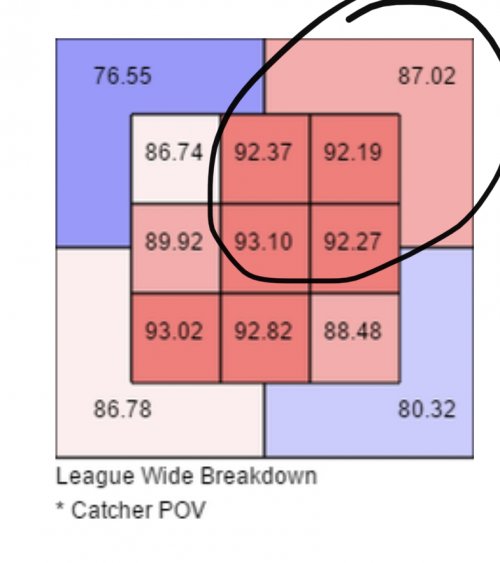Here is some analysis of pitch location in MLB as related to exit velocity and batting average. A little nerdy but still very interesting for someone who calls pitches.

 blogs.fangraphs.com
blogs.fangraphs.com

Zack Greinke on Pitching Inside
After we finished talking about his changeup and what he learned from Felix Hernandez, after we finished talking about command for the Hardball Times Annual, after we talked a little about his slider…






